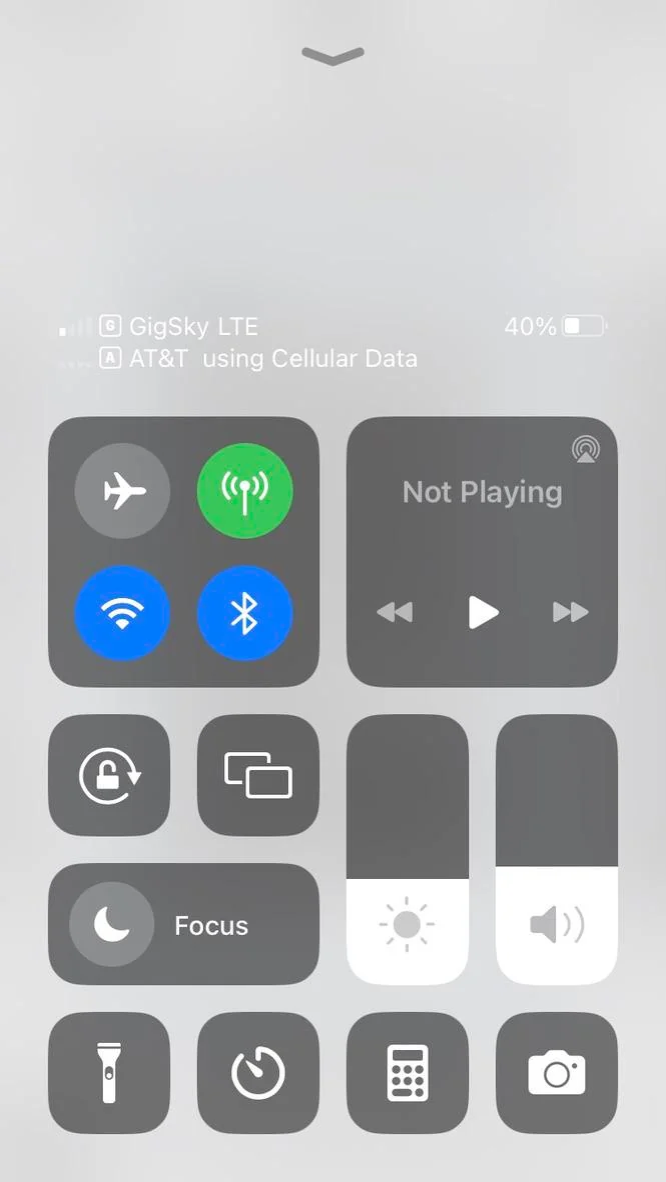I had the pleasure of interviewing Sam King, chief revenue officer for eSIM provider GigSky. As an unwritten policy, I don’t generally interview people who sell products or services, but since it’s my own guideline, I can color outside the lines when I want to, and this is one of those times.
We do a fair bit of international travel, and I have always chosen my eSIM by going to esimDB and choosing the best combination of data and length of time of my stay for the price. On our last two trips, GigSky met our needs the best. But I didn’t understand something pretty fundamental about choosing an eSIM provider.
Sam explained that most eSIM providers are simply resellers. That matters because if there are any network or installation issues, these companies have no way of fixing the problem and lack any accountability.
It turns out there are only a handful of eSIM companies (including GigSky) that are network operators who supply their own US-based eSIMs. He went on to explain that network operators actually can fix network problems, including automatically moving you to a different local provider with that same eSIM. I highly encourage you to listen to the interview to understand the subtleties of Sam’s explanation.
Audio PlayerRead an unedited, auto-generated transcript with chapter marks: CCATP_2024_11_03
During our conversation, we started talking about how eSIMs are generally just data, and the various ways to maintain your own cell number while on travel. You may not care about making phone calls, but you may need to receive SMS messages to log into certain services, such as banks. This very problem happened to Steve on our trip to Africa when everyone was using WhatsApp but he hadn’t installed it on his iPhone yet. He had to receive an SMS to authenticate but he didn’t have his home cell number enabled for fear of getting huge roaming charges from AT&T.
And that’s when Sam told me about an interesting hack that he says will allow you to use your US phone number with your data eSIM for SMS and WiFi calling.
Disclaimer: I have not tested this process, so this is exactly as written by Sam to you. I definitely plan on trying it before our next international travel.
Sam’s process:
- Purchase a data plan from an eSIM data provider (like GigSky :)) Make sure your eSIM from your preferred provider is installed and the plan activated before you take off from home (this is my night before my flight routine).
- Make sure that you have Wifi calling set up on your home account (this is important for when you arrive in country)
- Before you leave, tell your home operator customer service that you want international roaming turned off. For this, you have to contact customer service and tell them that you do NOT want to get an offer for their roaming service while you are overseas, that you want a zero % chance that you will get charged for roaming. If you do this, your home operator SIM will not attach to a network when you land in overseas (and that’s a good thing).
- As you’re taxing to the gate in your destination country – turn on your eSIM in cellular settings and set “Cellular Data” to GigSky (or whichever provider you chose) and set the “Default Voice Line” to your home network.
- Because you are overseas AND your home SIM is 1) Configured for WiFi calling &2) has no connection outside of the US, iOS will try to fall back on the WiFi calling feature.
It turns out that a cellular connection over the eSIM works exactly the same way! So you’ll see in the status screen (what you see when you swipe up on an iPhone) Top SIM: GigSky LTE & Bottom SIM: Home Operator e.g. Verizon using cellular data. For all intents and purposes you can continue to use your phone as if you were in the USA…
Verizon treats it as WiFi calling from a billing standpoint; you can send SMS, make voice calls, get your voicemail, etc. at no additional cost because Verizon thinks you’re at home using WiFi calling even though you’re in Europe!
Calls to European numbers are still long-distance for Verizon so you might want to get a Google Voice number to make calls within Europe but that is a fairly small incremental cost.
Below is what your phone will look like when it is set up correctly:



That was a fascinating and informative interview. I learned a lot and will be making use of this in a few months for an upcoming vacation (and I will use GigSky — you sold me!). Thank you both.
So glad you enjoyed it, Steve.